Panasonic Lumix DMC-FX550 Review
Panasonic Lumix DMC-FX550
It's upgrade time for Panasonic's touch-screen compact
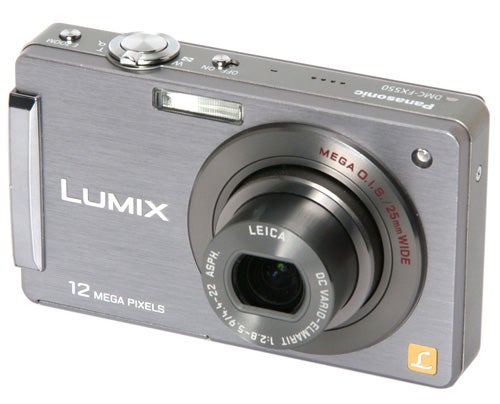
Verdict
Key Specifications
- Review Price: £230.00
If you’re at all interested in creative photography you’ll want a camera that offers at least some degree of manual exposure control. That’s no problem if you’re looking at a digital SLR or super-zoom model, but if you also want your camera to be a pocket-sized ultra-compact then your choices are rather more limited. One of the better choices in this category has been the excellent Panasonic FX500, a 10-megapixel ultra-compact with a 5x zoom lens and a unique combination of touch-screen and conventional controls, featuring a range of manual exposure options.
The FX500 was launched in spring 2008, and was a very successful model, so last year Panasonic launched an upgraded model, increasing the sensor resolution to 12.1 megapixels, shaving a millimetre off the thickness and naming it with characteristic whimsy the FX550.
Currently selling for around £230 the FX550 is quite an expensive camera, but at least it also looks and feels expensive. The front half of the body is aluminium with an attractive brushed metal finish, available in either black or silver. The overall build quality is very good, with minimal panel gaps and solidly mounted controls, but the back panel is plastic and does scratch easily especially along the sharp angular corners. Handling is also very good, with a small raised feature serving as a handgrip on the front and a textured thumbgrip area on the back. The controls are sensibly placed and the camera is easy and comfortable to grip securely.
Touch screen controls are all the rage at the moment, but while they do work well for devices such as smartphones or tablet PCs they don’t offer many real advantages for digital cameras. The primary purpose of a camera monitor is for image composition and review, both functions that are impaired if your screen is covered in fingermarks or large button icons. Touch screen controls also don’t offer any real advantage over conventional buttons or D-pad in terms of control or performance. Fortunately the FX550 has both, with the touch-screen interface only being used for functions where it really is an advantage, such as focus and spot metering point selection, or quick mode selection via the large and accessible on-screen icons. It’s a good combination and gives the FX550 a great deal of versatility.
The more conventional controls are also very good, especially the zoom control which is nice and smooth, allowing accurate framing of zoomed shots. The monitor itself is very good. It has a diagonal size of three inches, and is very clear and sharp with an exceptionally wide viewing angle. As usual with touch-screen monitors the anti-reflective coating could have been better, but the screen is bright enough to see in daylight.
In fact versatility is very much the keyword for the FX550. It is one of the few ultra-compact cameras to offer optional manual exposure control, with shutter priority, aperture priority and full manual control available. Exposure values are adjusted via large and responsive touch-screen sliders, with shutter speeds from 60 seconds to 1/2000th of a second and aperture settings from f/8.0 to f/2.8 in 1/3EV increments. This is a very good level of control by any standard. The few other compacts offering manual control usually only have a choice between minimum and maximum aperture and full-EV shutter speeds.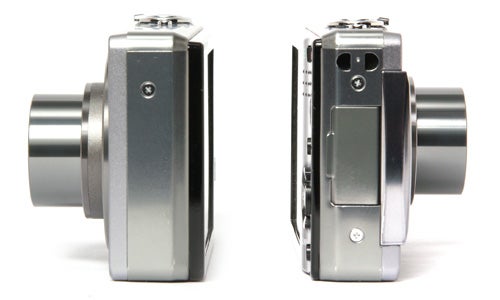
The FX550 has a number of other useful features including 1280 x 720 pixel resolution video recording at 30fps with mono audio. The audio quality isn’t too good though, and the rather tinny internal microphone seems to be much better at picking up random noise than it is at recording speech. As is usually the case, the optical zoom cannot be used while recording. Video is recorded in Motion JPEG format.
The FX550 has Panasonic’s powerful dual-core Venus Engine V processor, so as you’d expect its overall performance is very good, although its start-up time of just over three seconds is a bit slow. In single shot mode at full resolution it has a shot-to-shot time of approximately two seconds which is nice and quick, while in long-period continuous shooting is can maintain a very impressive two frames a second and keep it up until the card is full.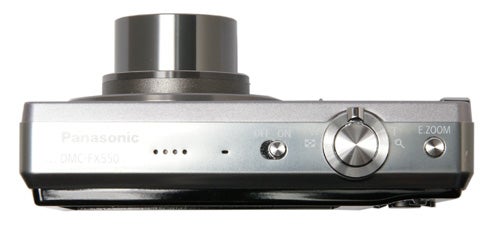
The autofocus system is also very quick and accurate, focusing in a fraction of a second in good light. It does slow down a bit in dim lighting, but it has a good AF assist lamp and can focus in pitch darkness at a range of around three metres. The flash is very powerful with a useful range of around six metres and a recharge time of under seven seconds even after a full power flash.
I was slightly concerned to note that the FX550 is powered by a smaller battery than the FX500, rated at 940mAh rather than 1000, but this appears to have had no effect on the battery duration, which is still outstanding. I took around 200 test shots with the FX550 and the battery charge meter was still showing two out of three bars.
The FX550 has 20 percent greater resolution than the FX500, but this serves to demonstrate very clearly that simply increasing sensor resolution does not guarantee better image quality. Apart from the larger picture size there is no improvement here; the level of detail is roughly the same. Comparing the results from the two cameras side by side it’s hard to spot any real difference in overall quality. The only slight improvement is in high ISO noise control. The FX550 is clearly better in this respect, producing usable images at 800 ISO with less detail lost to noise reduction than the previous model. It’s an improvement, but not by much.
”’Verdict”’
The Panasonic Lumix DMC-FX550 is and upgrade of the FX500, but only just. The extra two megapixels don’t make much difference. However build quality, design and performance are all well up to scratch, and image quality is comfortably better than average. If you want an ultra-compact with manual controls it’s probably your best option.
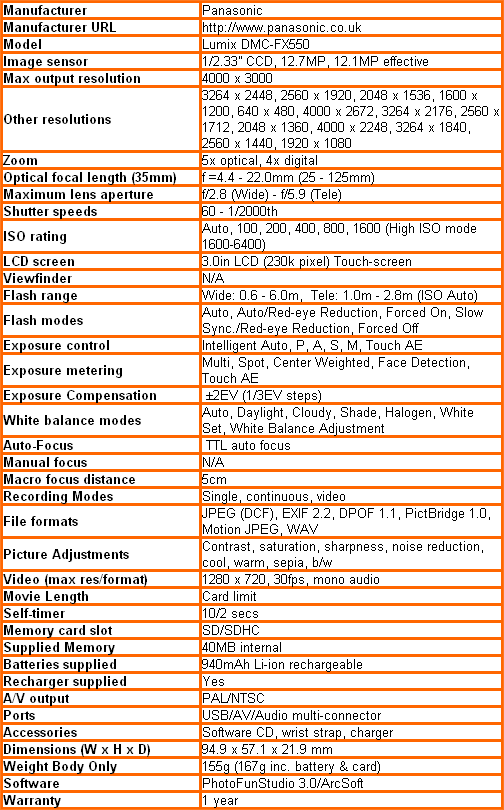
”Over the next few pages we show a range of test shots. On this page the full size image at the minimum and maximum ISO settings have been reduced to let you see the full image, and a series of full resolution crops have taken from original images at a range of ISO settings to show the overall image quality. These ISO test images are shot indoors using reflected natural light for maximum consistency. ”
—-

This is the full frame at the minimum ISO setting.
—-

The image is clean and sharp at 80 ISO, with no visible noise.
—-

No real difference at 100 ISO.
—-

Quality is still good at 200 ISO.
—-
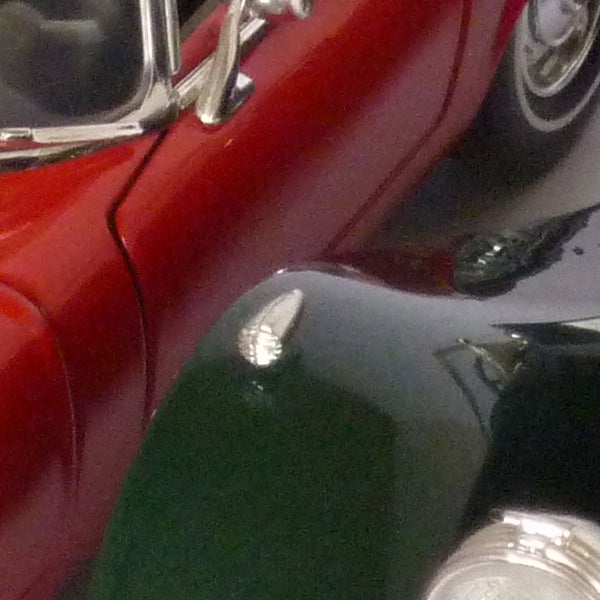
There is visible noise at 400 ISO, but overall quality is still good.
—-
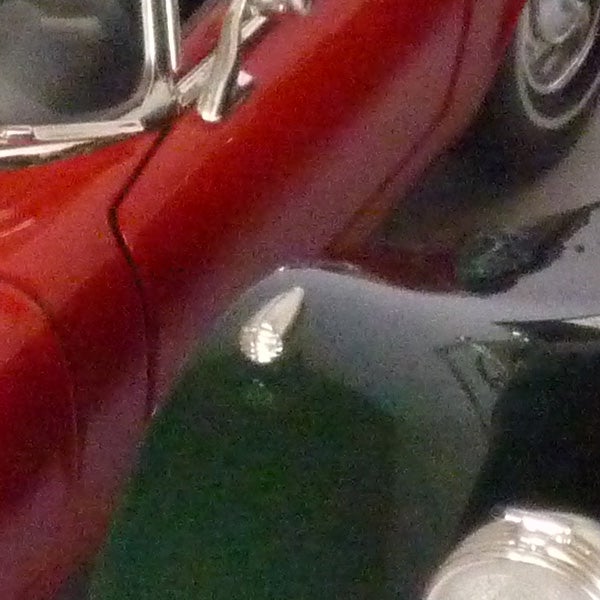
Significantly more noise is visible at 800 ISO, but colour gradients are still relatively smooth.
—-

1600 ISO is looking a bit ropey.
—-

This is the full frame at the maximum ISO setting.
—-
”A range of general test shots are shown over the next two pages. In some cases, the full size image has been reduced for bandwidth purposes, and a crop taken from the original full resolution image has been placed below it to show the overall image quality. Some other pictures may be clicked to view the original full-size image. ”
—-

Here’s the usual test shot of the west window of Exeter cathedral to compare detail and sharpness with other cameras. See below for a full-res crop or click to download the full-sized version.
—-
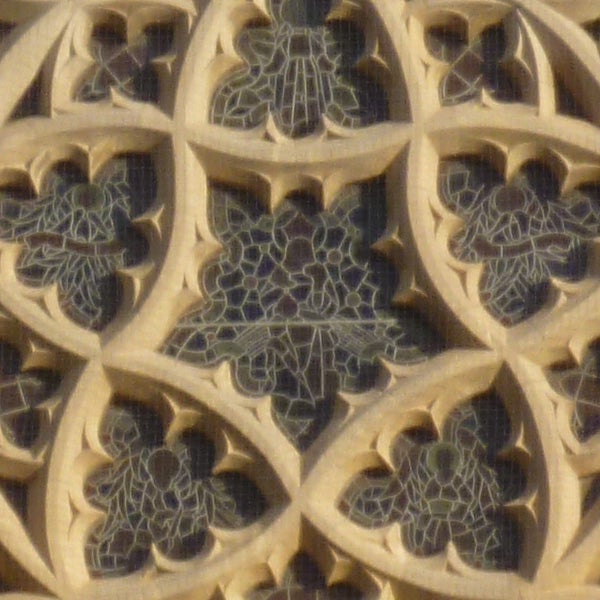
There’s no real improvement in overall detail compared to the (linkoput:https://www.trustedreviews.com/digital-cameras/review/2008/11/03/Panasonic-Lumix-DMC-FX500/p6 FX500).
—-
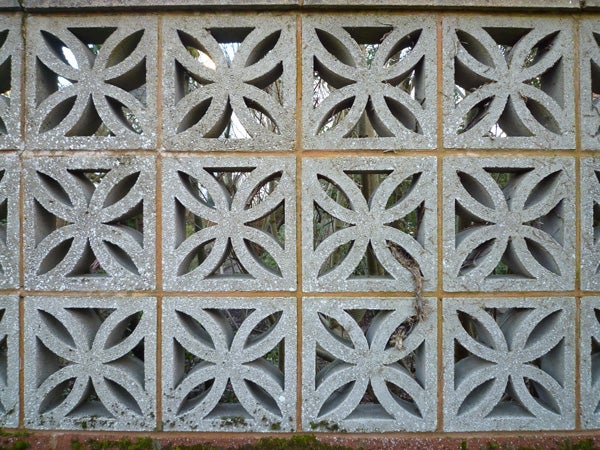
The lens produces almost no barrel distortion at wide angle.
—-

Centre sharpness is reasonably good.
—-

Corner sharpness is also good, with no chromatic aberration.
—-
”Here are some general test shots to help evaluate the camera’s overall image quality, including the zoom range of the lens. Some pictures may be clicked to download the full size original image. ”
—-

The wide angle end is equivalent to 25mm, better than average for a pocket compact.
—-

The telephoto end is equivalent to 125mm.
—-

As usual for a 12MP compact the dynamic range isn’t brilliant.
—-

—-

The light meter copes well with backlighting.
—-
Trusted Score
Score in detail
-
Value 7
-
Image Quality 8
-
Build Quality 9
Features
| Camera type | Ultra Compact |
| Megapixels (Megapixel) | 12.1 Megapixel |
| Optical Zoom (Times) | 5x |
| Image Sensor | CCD |
| Image Stabilisation | Optical |
| LCD Monitor | 3 in |
| Flash modes | Auto Flash, Flash OFF, Flash ON, Red-eye Reduction |
| Video (max res/format) | 848 x 480 |
| Memory card slot | Secure Digital (SD) Card, Secure Digital High Capacity (SDHC) Card, MultiMediaCard (MMC) |

